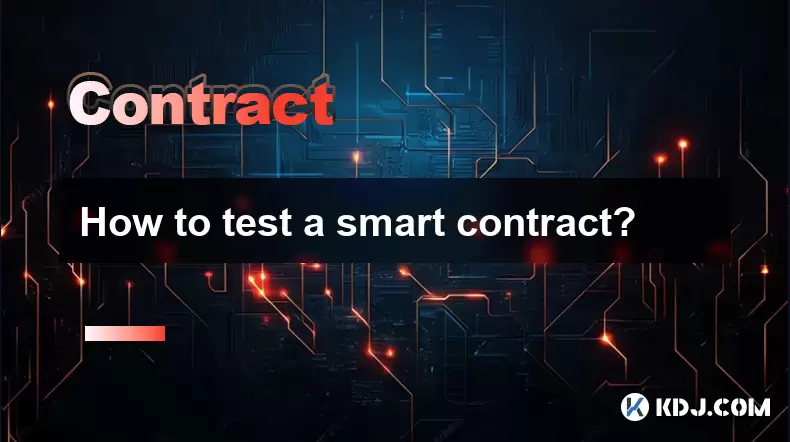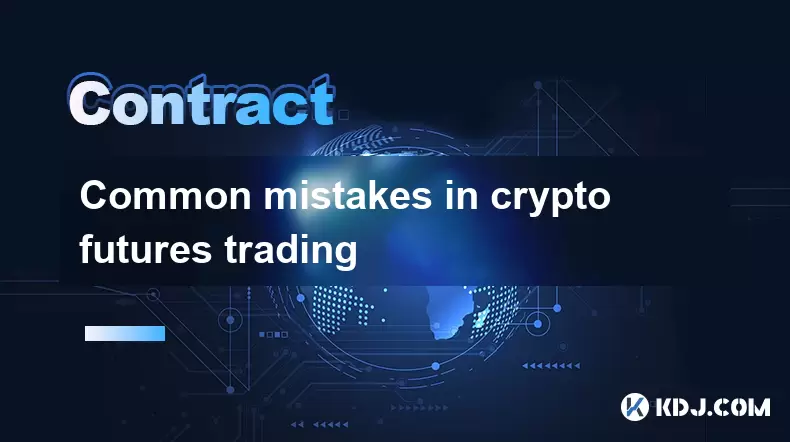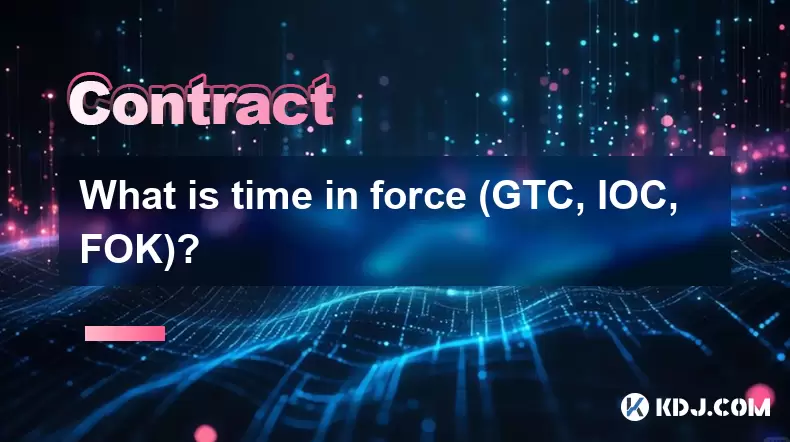-
 Bitcoin
Bitcoin $118100
0.44% -
 Ethereum
Ethereum $3765
5.84% -
 XRP
XRP $3.498
3.12% -
 Tether USDt
Tether USDt $1.000
0.00% -
 BNB
BNB $753.2
3.41% -
 Solana
Solana $181.7
3.58% -
 USDC
USDC $0.9999
0.01% -
 Dogecoin
Dogecoin $0.2704
12.75% -
 Cardano
Cardano $0.8684
5.85% -
 TRON
TRON $0.3151
-0.86% -
 Hyperliquid
Hyperliquid $46.06
4.51% -
 Stellar
Stellar $0.4695
2.48% -
 Sui
Sui $3.910
3.18% -
 Chainlink
Chainlink $19.36
6.65% -
 Hedera
Hedera $0.2750
3.99% -
 Bitcoin Cash
Bitcoin Cash $544.6
6.31% -
 Avalanche
Avalanche $25.12
3.69% -
 Shiba Inu
Shiba Inu $0.00001559
5.40% -
 Litecoin
Litecoin $116.8
5.10% -
 UNUS SED LEO
UNUS SED LEO $8.991
0.05% -
 Toncoin
Toncoin $3.283
2.79% -
 Polkadot
Polkadot $4.509
3.97% -
 Uniswap
Uniswap $10.67
6.58% -
 Ethena USDe
Ethena USDe $1.001
-0.01% -
 Monero
Monero $323.2
0.48% -
 Pepe
Pepe $0.00001410
6.37% -
 Bitget Token
Bitget Token $4.964
1.93% -
 Dai
Dai $0.9998
-0.01% -
 Aave
Aave $326.2
3.85% -
 Bittensor
Bittensor $421.8
2.46%
How to test a smart contract?
Smart contract testing ensures secure and correct blockchain operations by simulating inputs, verifying functions, and uncovering vulnerabilities before deployment.
Jul 20, 2025 at 05:07 pm

Understanding Smart Contract Testing
Smart contract testing is a critical phase in blockchain development, ensuring that contracts operate securely and as intended. A smart contract is a self-executing agreement with the terms directly written into code. Because these contracts manage real assets and transactions on the blockchain, any bug or vulnerability can lead to significant losses. Therefore, testing smart contracts involves simulating various conditions, inputs, and edge cases to verify correctness and robustness.
The process requires a combination of unit testing, integration testing, and security auditing. Developers must also consider the immutable nature of deployed contracts, making it essential to test thoroughly before deployment.
Setting Up the Development Environment
Before running tests, developers must configure a proper testing environment. This typically includes installing a local blockchain, such as Ganache, and setting up a development framework like Truffle or Hardhat.
- Install Node.js and npm to manage dependencies.
- Use npm install -g truffle or npm install -g hardhat to install the framework.
- Initialize a new project with truffle init or npx hardhat.
- Configure the network settings in
truffle-config.jsorhardhat.config.jsto connect to local or testnet environments.
Ensure that the environment supports Solidity compilers compatible with the version used in the smart contract. Install necessary plugins for coverage analysis or security checks if required.
Writing Unit Tests for Smart Contracts
Unit testing focuses on individual functions and their expected outputs. Using JavaScript or TypeScript, developers can write tests that call contract functions and assert the expected results.
- Import the contract artifact using artifacts.require() in Truffle or ethers.getContractFactory() in Hardhat.
- Deploy the contract before each test using beforeEach().
- Use assert libraries like Chai to write test cases with expect() or assert().
For example, when testing a token transfer function:
- Deploy the contract with an initial supply.
- Call the transfer() function with valid and invalid inputs.
- Check that the balances change correctly and that errors are thrown when necessary.
Make sure to test revert conditions, modifier restrictions, and event emissions.
Integration and Scenario-Based Testing
Integration testing involves checking how multiple contracts or functions interact. This level of testing ensures that the system works as a whole under different scenarios.
- Simulate user interactions across multiple contracts.
- Test fallback functions, external calls, and delegate calls.
- Use mock contracts to simulate external dependencies like oracles or token standards.
Developers can also create test scenarios where multiple transactions are executed in sequence to verify state transitions. This is especially important for contracts that rely on time-based logic or external data feeds.
For instance, in a crowdsale contract, test the flow from opening the sale, accepting contributions, and finalizing the distribution of tokens.
Security and Fuzz Testing
Security testing goes beyond functional correctness and looks for vulnerabilities like reentrancy, integer overflow, and unchecked external calls.
- Use tools like Slither or Solhint for static analysis.
- Run MythX or Oyente for automated vulnerability detection.
- Perform fuzz testing using Echidna or Brownie to generate random inputs and detect unexpected behaviors.
Fuzz testing involves generating thousands of random inputs to uncover edge cases that manual testing might miss. For example, fuzzing a mint() function with varying amounts can reveal issues with mint limits or balance overflows.
Always review the gas consumption of functions, especially those that loop over dynamic arrays, which can lead to DoS vulnerabilities.
Deploying and Testing on Testnets
After local testing, deploying the contract on a testnet like Rinkeby, Goerli, or Sepolia provides real-world interaction. This step helps identify issues that may not appear in a local environment.
- Fund test accounts using faucets.
- Deploy contracts using Truffle migrations or Hardhat scripts.
- Interact with the contract via web3.js, ethers.js, or Remix IDE.
Testing on testnets allows developers to observe how the contract behaves under network congestion, real gas pricing, and interactions with other contracts.
Use tools like Blockscout or Etherscan to verify transactions, check logs, and debug failed calls.
Frequently Asked Questions
Q: Can I test a smart contract without writing code?
A: While most testing requires coding, tools like Remix IDE allow developers to test contracts using a browser-based interface with built-in testing features and debuggers.
Q: What is the difference between unit testing and integration testing in smart contracts?
A: Unit testing focuses on individual functions in isolation, while integration testing evaluates how multiple contracts or components work together in a system.
Q: How do I simulate time-based logic in smart contract tests?
A: You can use evm_increaseTime and evm_mine in Hardhat or increaseTimeTo() in Truffle to simulate time passage in your test environment.
Q: Why is fuzz testing important for smart contracts?
A: Fuzz testing helps uncover vulnerabilities by generating random inputs that may trigger unexpected behaviors, including edge cases that manual testing might miss.
Disclaimer:info@kdj.com
The information provided is not trading advice. kdj.com does not assume any responsibility for any investments made based on the information provided in this article. Cryptocurrencies are highly volatile and it is highly recommended that you invest with caution after thorough research!
If you believe that the content used on this website infringes your copyright, please contact us immediately (info@kdj.com) and we will delete it promptly.
- NFT Performers in Flux: Pudgy Penguins, Courtyard, and the Shifting Sands of the Market
- 2025-07-21 10:30:12
- Decoding HKMA's Stablecoin Licensing System: A New Era for Digital Assets?
- 2025-07-21 10:50:11
- Address, CryptoPunks, NFTs: What's the Buzz?
- 2025-07-21 10:50:11
- Ethereum, Crypto, and Market Moves: What's the Deal?
- 2025-07-21 11:30:11
- CoinDCX Hack: A Wake-Up Call for Crypto Security
- 2025-07-21 11:35:12
- Dogecoin & Meme Coins in 2025: Hype or Hyper-Growth?
- 2025-07-21 08:30:12
Related knowledge

What is a maker vs a taker fee?
Jul 19,2025 at 01:14am
Understanding the Basics of Cryptocurrency Exchange FeesIn the world of cryptocurrency trading, maker vs taker fees are a fundamental concept that eve...

How to analyze Bitcoin futures data from CME?
Jul 19,2025 at 05:22pm
Understanding Bitcoin Futures on CMEBitcoin futures on the CME Group (Chicago Mercantile Exchange) represent a regulated financial instrument that all...

Common mistakes in crypto futures trading
Jul 20,2025 at 09:56pm
Overleveraging Without Risk ManagementOne of the most common mistakes in crypto futures trading is overleveraging. Traders often believe that using hi...

How to understand the liquidation price?
Jul 19,2025 at 10:00pm
What Is a Liquidation Price in Cryptocurrency Trading?In the realm of cryptocurrency futures and margin trading, the liquidation price refers to the s...

What is the maximum leverage for Bitcoin futures?
Jul 20,2025 at 03:42pm
Understanding Leverage in Bitcoin FuturesLeverage in Bitcoin futures refers to the use of borrowed capital to increase the potential return on investm...

What is time in force (GTC, IOC, FOK)?
Jul 19,2025 at 08:57am
Understanding Time in Force in Cryptocurrency TradingIn the world of cryptocurrency trading, the Time in Force (TIF) is a crucial parameter that deter...

What is a maker vs a taker fee?
Jul 19,2025 at 01:14am
Understanding the Basics of Cryptocurrency Exchange FeesIn the world of cryptocurrency trading, maker vs taker fees are a fundamental concept that eve...

How to analyze Bitcoin futures data from CME?
Jul 19,2025 at 05:22pm
Understanding Bitcoin Futures on CMEBitcoin futures on the CME Group (Chicago Mercantile Exchange) represent a regulated financial instrument that all...

Common mistakes in crypto futures trading
Jul 20,2025 at 09:56pm
Overleveraging Without Risk ManagementOne of the most common mistakes in crypto futures trading is overleveraging. Traders often believe that using hi...

How to understand the liquidation price?
Jul 19,2025 at 10:00pm
What Is a Liquidation Price in Cryptocurrency Trading?In the realm of cryptocurrency futures and margin trading, the liquidation price refers to the s...

What is the maximum leverage for Bitcoin futures?
Jul 20,2025 at 03:42pm
Understanding Leverage in Bitcoin FuturesLeverage in Bitcoin futures refers to the use of borrowed capital to increase the potential return on investm...

What is time in force (GTC, IOC, FOK)?
Jul 19,2025 at 08:57am
Understanding Time in Force in Cryptocurrency TradingIn the world of cryptocurrency trading, the Time in Force (TIF) is a crucial parameter that deter...
See all articles

























































































